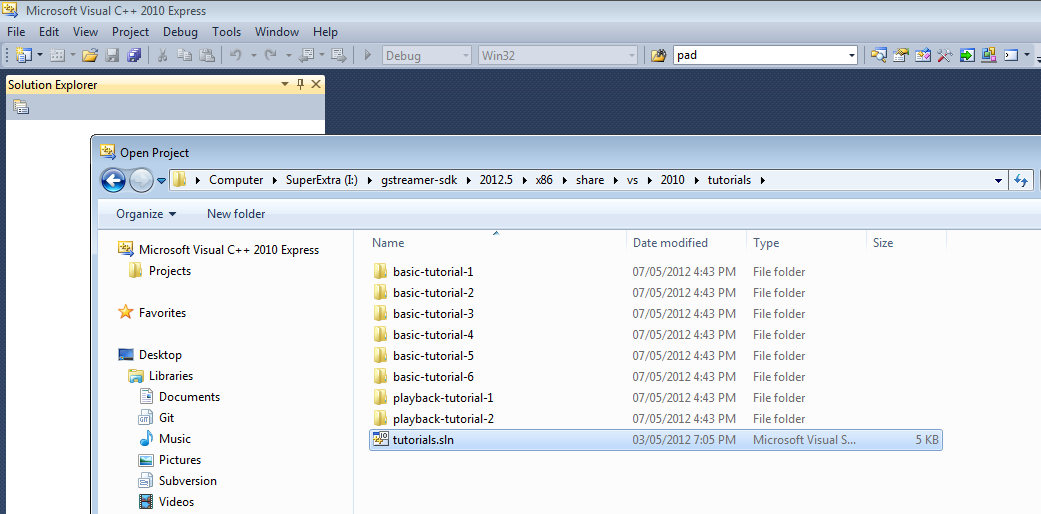Blog Posts
- ✔ Cerwin Vega Special Edition Speakers For Computers
- ✔ Xhun Audio Iron Axe V1 2 1 R2r2r
- ✔ Ara Rental Market Metrics Pdf Viewer
- ✔ Souled American Sonny Rar File
- ✔ Sony Downloads For Handycam
- ✔ Download Video Player Mfc Application Development
- ✔ Essentials Sociology 10th Edition Pdf
- ✔ Soundgarden Superunknown Zip Rar Opener
- ✔ Audire Crescendo Manual Dexterity
- ✔ Checkpoint Utm-1 Edge Vpn Client Download
- ✔ ????? 3 ??? Tracker
